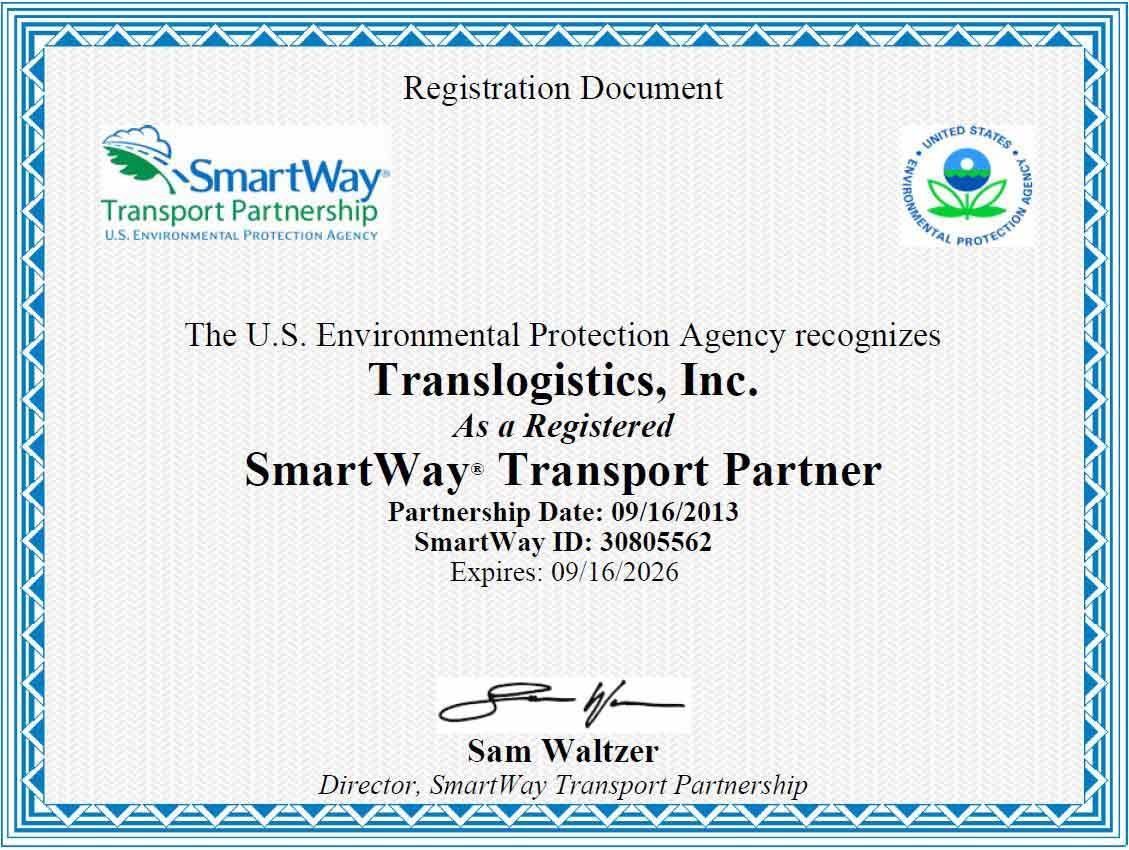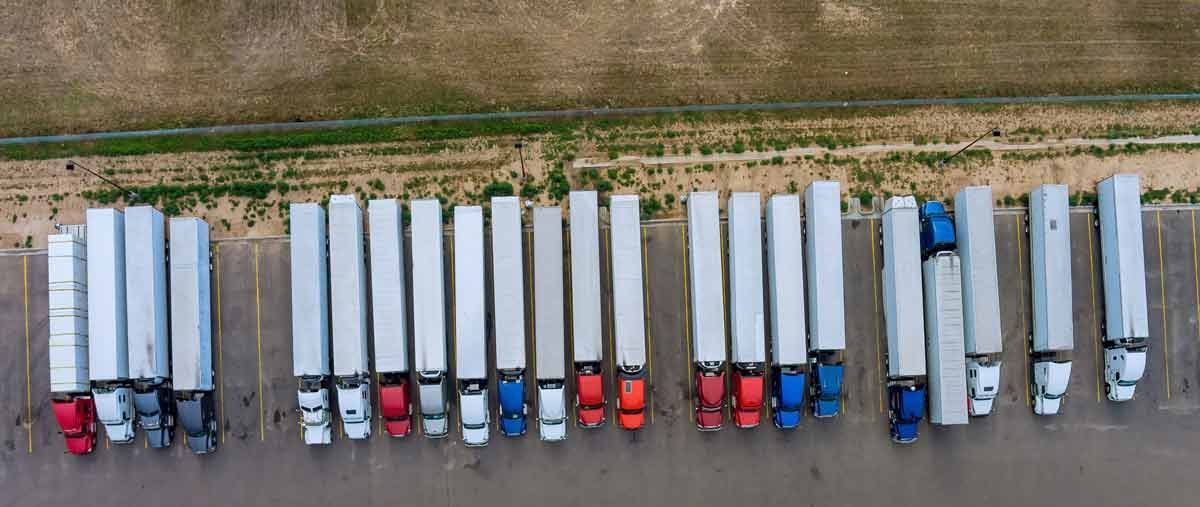Understanding LTL Accessorial Charges: High-Cost Delivery
What is High-Cost Delivery?
Businesses often encounter additional charges known as accessorial fees. These charges are applied for services beyond the standard transportation of goods. One common accessorial charge that can significantly impact shipping costs is "high-cost delivery." In this article, we will delve into the concept of high-cost delivery in LTL shipping, explore its causes, and discuss ways businesses can mitigate these charges.
High Cost Delivery
High-cost delivery is an LTL accessorial charge imposed when specific circumstances increase the operational expenses associated with the delivery of a shipment. These circumstances can include various factors that deviate from the standard shipping process, thereby requiring carriers to allocate additional resources or take extra precautions to deliver the freight. Consequently, carriers pass these additional costs onto shippers in the form of high-cost delivery accessorial fees.
Causes of High Cost Delivery:
- Limited Access: Some delivery locations, such as residential areas, construction sites, or remote regions, pose challenges to carriers due to limited access or restricted hours of operation. Carriers may need to use specialized equipment, hire additional labor, or navigate difficult terrains, all of which contribute to the high-cost delivery charge.
- Unusual Handling Requirements: Certain types of shipments demand special handling procedures, such as fragile or hazardous materials, oversized or overweight freight, or items requiring temperature-controlled environments. These requirements increase the complexity and cost of the delivery process, leading to high-cost delivery accessorial charges.
- Time-Sensitive Deliveries: Urgent or time-sensitive shipments may require expedited services or specific delivery timeframes. Carriers may need to rearrange their schedules, deploy dedicated vehicles, or prioritize these shipments over others, resulting in higher costs that are passed on to shippers.
- Additional Services: LTL carriers offer various additional services, such as inside delivery, liftgate assistance, or delivery notification. These services, though convenient, come at an extra cost as they require specialized equipment, labor, or coordination efforts.
Mitigating High-Cost Delivery Charges:
While high-cost delivery charges are an unavoidable aspect of LTL shipping, businesses can take proactive steps to minimize these expenses:
- Accurate Shipment Information: Provide accurate and detailed information about your shipment to the carrier. Include any special handling requirements, delivery location constraints, or time-sensitive needs. Clear communication upfront such as an unmanned storage unit, a fenced in dock, and appointment requirements helps carriers plan and allocate resources effectively, potentially reducing the chances of high-cost delivery charges.
- Optimize Packaging: Properly package and palletize your goods to ensure safe transportation. Adequate packaging minimizes the risk of damage or mishandling during transit, reducing the likelihood of additional charges for high-cost delivery due to cargo handling requirements.
- Plan Ahead: Whenever possible, plan your shipments well in advance. Last-minute or rush shipments often require expedited services, which come with higher costs. By scheduling shipments ahead of time, you provide carriers with more flexibility to optimize routes and delivery schedules, potentially avoiding or minimizing high-cost delivery fees.
- LTL Carrier Selection: Different carriers have varying accessorial fee structures. Research and compare carriers to find those that offer competitive rates for high-cost delivery charges. Consider carriers with specialized services or expertise in handling specific types of shipments to potentially reduce costs associated with specialized handling requirements.
- Negotiate Contracts: If your business frequently deals with high-cost delivery situations, negotiate contract terms with carriers. Establishing long-term partnerships and volume commitments can help secure favorable rates and waivers for certain accessorial charges, including high-cost delivery fees.
High-Cost Delivery
Understanding high-cost delivery charges in LTL shipping is crucial for businesses to manage their logistics expenses effectively. High-cost delivery charges occur when specific factors (guard shacks, fenced in areas, remote delivery regions) deviate from the typical B2B shipping process and require carriers to allocate extra resources or take additional precautions to deliver the freight. By identifying the factors that contribute to these charges and implementing strategies
TLI Insights
Get the latest logistics insights and tips from TLI's award-winning team. Stay ahead in transportation planning.
Questions? Email us at marketing@shiptli.com



